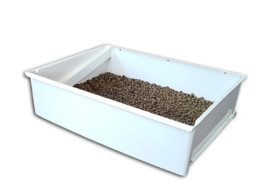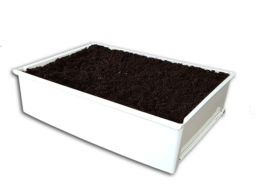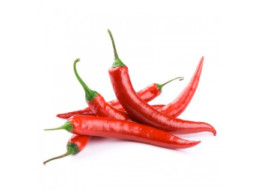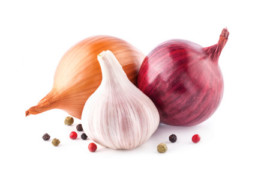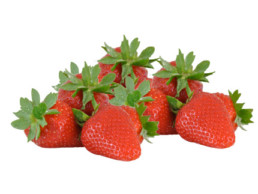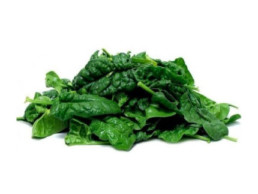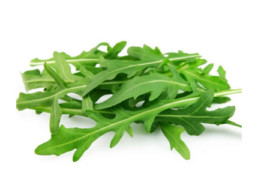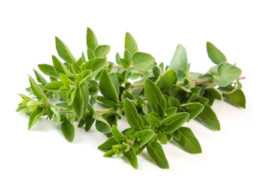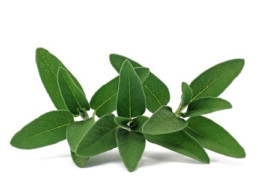HOW TO GROW PLANTS
SEEDING AND/OR PLANTING
The composition of every cultivation tray is determined by your choices and your creativity.
The entire surface of the tray can be seeded; or it can be partially seeded to allow other seeds or other early stage plants to be planted. For seeding the following techniques may be used:
‘Scattered’ seeding. This is carried out by sprinkling the seeds in a uniform manner and then covering them with a light layer of soil. Usually this is carried out with very small seeds (like those of carrots or rocket) and leafy vegetables. In order to obtain a more regular distribution of seeds, they can be mixed in with very dry top soil. With ‘scattered’ seeding the first two waterings should be sprinkled and very delicate. The seeds should not be moved about before the germination phase begins. The danger of this kind of seeding is that the seeds are often too thickly distributed and without uniformity. For this reason it is suggested that the seeds are mixed in with the dry and fine potting soil.
Seeding ‘by row’. This is the technique most used for it allows the plants to grow in ordered rows. When this kind of seeding is carried out the first thing to do is to create regular and parallel rows with your finger or a small hoe, each at a specific distance from one another (depending on the seeds used) and embed the seeds in them. Once embedded, cover the seeds with the soil accumulated on the sides of the rows. This type of seeding is good for almost all kinds of vegetables and plants. With seeding ‘by row’, the first two waterings must be sprinkled and very delicate. The seeds should not be moved about before the germination phase begins.
Seeding by ‘dribbling’. This is carried out by placing the seeds one by one in a small hole of around 5mm deep. Each hole is equidistant from the others and set in rows. After the seeds have been planted they are covered by the soil and flattened out by hand in one direction. With seeding by ‘dribbling’ the first two waterings must be sprinkled and very delicate. The seeds should not be moved about before the germination phase begins.
In the case of seeding a full tray you will need to use about a litre of water for the first two waterings. With successive waterings partially reduce the quantity of water in relation to the amount of surface that has been seeded. After 2 days, before the second watering, the surface of the soil should be delicately raked (with a fork) so as to make the top soil soft.
PLANTING AND TRANSPLANTING IN MIOBIO TRAYS
It is possible to transplant your plants or what you buy into the MiobiO trays. Before buying examine the plants carefully so as to look for signs of disease or parasites. If you should notice signs of disease or parasites, treat the plants with an adequate solution before transplanting.
Those of you who allowed a plant to germinate in its own seedbed will find it more difficult to carry out a transplant (replanting). The plant’s extraction should be carried out delicately and without ruining its roots. The soil needs to be watered. Grip the plant by its stem, lift it out carefully and remove it from the moist soil.
If you have bought plants in polystyrene or in little pots this will facilitate the replanting. The plant boought in a ‘pot’ will have a certain quantity of potting soil, so all you need to do is remove the old container and embed the plant with all the loose earth of the potting soil.
Make a hole in the potting soil in the required place in the tray, giving it around the same dimensions of the hole in the vase where the plant is now.Hold the base of the plant with your hand open, while trying to cover as much of the surface of the potting soil as possible. Upturn the vase and carefully take out the plant and soil. Do not make rapid movements so as not to risk damaging the roots.
Position the plant in the centre of the hole being very careful not to ruin its roots. Fill in and completely cover around the sides of the plant in a homogeneous manner with the new potting soil being sure that all its roots are entirely covered.The first two waterings should be sprinkled, 2 or 3 days apart, with an amount of water adequate for the plant’s proportions.
PLANT THINNING
The quality of seeds depend on various factors… At times too many plants grow and to avoid the stress of overcrowding, you will need to eliminate the plants in excess, since the newborn plants immediately begin to be in competition for water, light and mineral salts.
What to cut? Leave the most robust ones, the most formed and developed, the ones with optimal position, by leaving a distance the plant needs.
This needs to be done when the plants have grown to a height of around 3 cm. In the case of the plants being too overcrowded, you should proceed with a quick necessary thinning and then complete the operation with more attention at a later time.
If you wish to move them you must transplant them, use your finger or a small stick (like an icecream stick) so as to delicately move the potting soil from the base of the plant. If you don’t wish to transplant, you can break them at the soil level, cut them with scissors, in that way you won’t disturb the plants’ roots, which you must not cut.
HOW TO GROW PLANTS AND FLOWERS WITH MIOBIO
In order to cultivate in an easy and safe way with MiobiO follow the indications below:
EXPANDED CLAY
Use an expanded clay, you can buy from your local store which is as clean and washed as possible and has a high drainage capacity. Expanded clay should be levelled along the bottom of each tray as is clearly explained in Chapter 1 (“Tray Preparation”) in the manual for use and maintenance. The function of the expanded clay is to drain the irrigated water and allow it to spread homogenously along the whole bottom part of the cultivation tray; thus allowing for its easy absorption into the plant’s capillaries.
POTTING SOIL
Choose the potting soil on the basis of what you wish to grow or use a normal universal potting soil. Otherwise you can get some advice from the shop assistant. Avoid using soil taken from the garden. It could contain bacteria and insects capable of damaging your future harvest.



